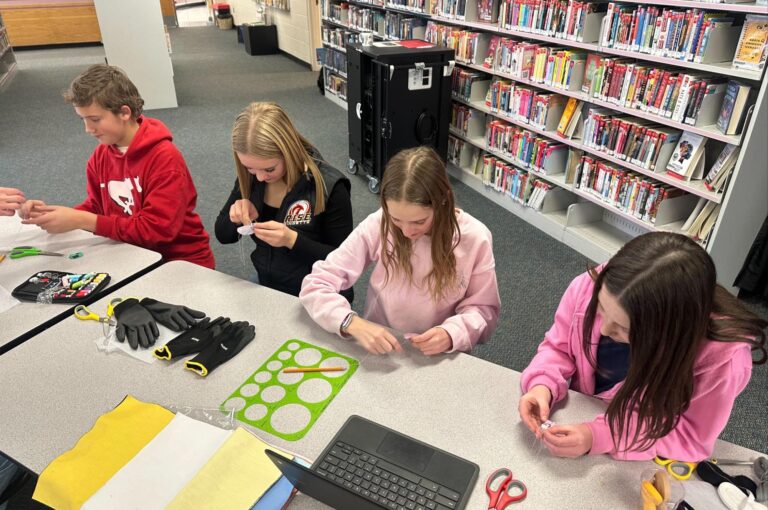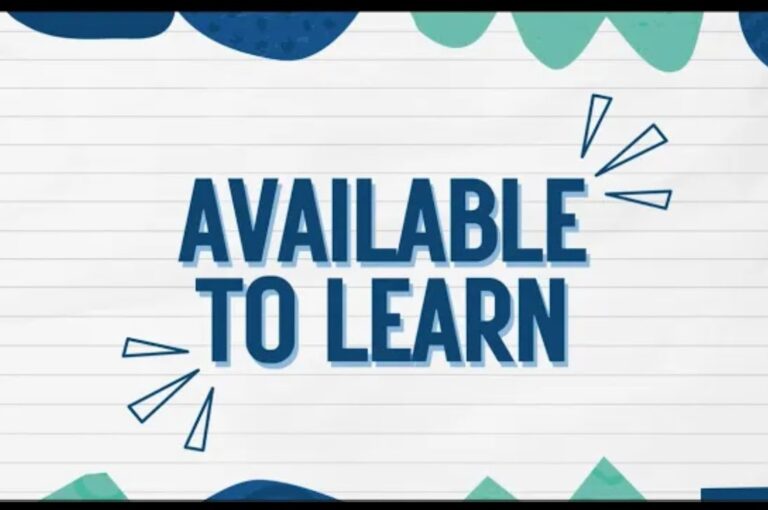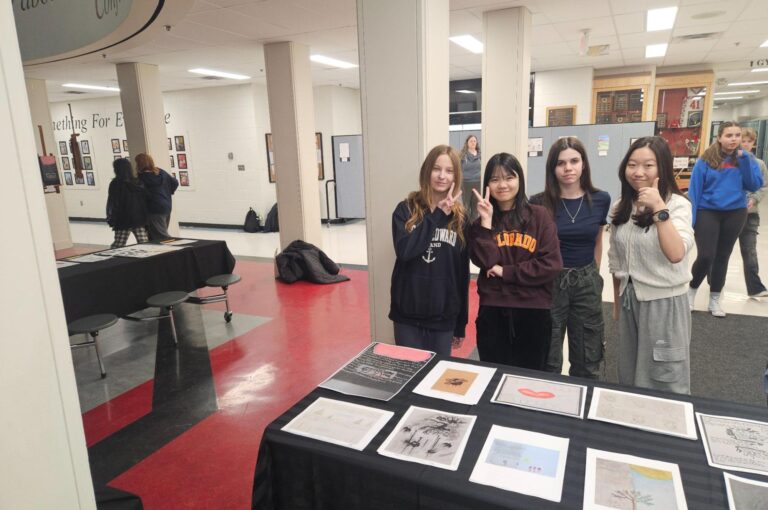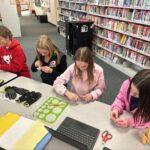Lectures and direct teaching have received a “bad rep” in education over the past decade or so. Echos of boredom, teacher control, and dis-engagement from students are often associated with the idea of lecturing. One imagines large lecture halls in universities where professors speak from a memorized script and deposit all of their knowledge onto freshman. With this in mind, is there any place for an effective lecture in education?
Yes. There is.
Out of a need to break down this stigma, Golden Hills Instructional Coaching Team met with Garfield Gini-Newman to identify what makes a lecture powerful. A workshop was then provided to secondary Golden Hills teachers to build capacity around effective lecturing.
What makes a powerful lecture?
- A teacher who is passionate about the material, which can help students become excited as well
- Clear goals and purpose for a lecture
- More student directed and student involvement
- Meaningful discussions
- Effective Questioning and wait time
- Use of meaningful visuals, multimedia, and technology
- Humour
- Stories, personalization, and relevance for students
- Something that students walk away with

How do you pull it off?
Spend time before your lecture to intentional plan the lecture so students are able to use the content to build transferable concepts. As educators, we know how impactful planning can be, for our own lessons and when students take on tasks. Lecturing is no different: make the lecture matter.
Problematize your Lecture & Use an Iterative Approach*
Problematize: create problematic context through which students learn and apply content
In order to problematize your lecture, you need to invite students to think. In a problematized lecture, you’ll see
- Students:
- Considering plausible options
- Making reasoned judgements
- Making judgement through criteria
- Using appropriate evidence to support their judgement
- Beginning with a Launch – a critical invitation for students to think and learn
- Come back to the launch throughout the lesson and at the end of the lecture
- Come back to the launch throughout the lesson and at the end of the lecture
5 Tips for Powerful Teaching Through Lecturing
- Use an appropriate tone and volume for your students, space, and content.
- Allow time for students to write notes, and then speak. You don’t have to talk the entire time.
- Be comfortable with silence and allow for think time (wait time) when you ask students questions.
- Elaborate from your content (notes, slideshow etc).
- Move around the room. This can be a classroom management tool, or to make effective use of anchor charts or maps in the room to enrich your lecture. As well, when students are discussing, if you move around the room you are able to eavesdrop on conversations. This is perfect for you to gain an understanding of where your students are at and what the next steps are.
Checkpoints for Understanding/Summarizing and Note-taking
 As you lecture, it is important to consider what the students are doing to help build their competencies and understanding of concepts. Specific instruction on effective summarizing and note-taking are key for student success.
As you lecture, it is important to consider what the students are doing to help build their competencies and understanding of concepts. Specific instruction on effective summarizing and note-taking are key for student success.
Summarizing is the process of filtering information down into its most essential points to increase understanding, memorizing, and learning what is relevant. Note-taking is the process of capturing key ideas through writing, drawing, etc. These are essential strategies because they involve higher-order thinking skills. Note-taking strategies are not intuitive which means that students benefit from explicit instruction in note-taking, particularly those that are guided by the teacher and are structured.
The Thinking Strategies website, in the Acquire and Extract section, has many summarizing and note-taking resources for teachers to use in their classrooms with their students.
*Ideas are intellectual property of Garfield Gini-Newman.










